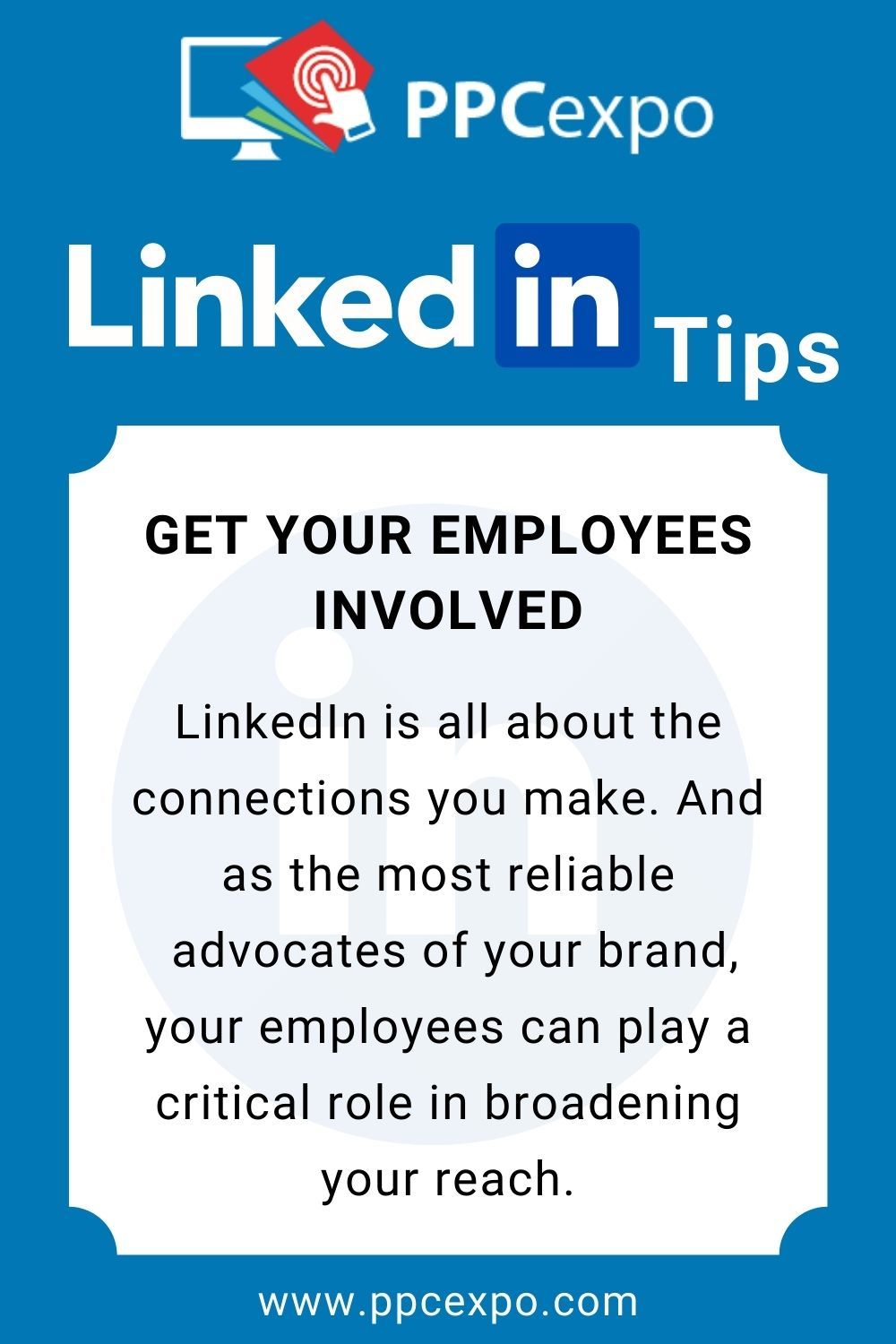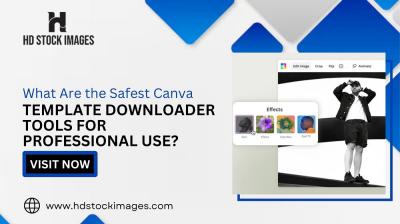In today’s digital world, LinkedIn stands out as a powerful tool for professionals looking to enhance their personal brand. Unlike other social platforms, LinkedIn focuses solely on the business environment, making it the perfect space for networking, job hunting, and showcasing your expertise. But why should you care about building your personal brand on LinkedIn?
First off, a strong presence on LinkedIn can significantly improve your visibility within your industry. When potential employers or clients search for professionals with your skills, having an optimized profile can be the difference between being noticed or overlooked. It’s not just about posting your resume; it's about crafting an engaging narrative that highlights your unique skills and experiences.
Furthermore, LinkedIn allows you to connect with like-minded professionals, join groups tailored to your interests, and engage with content that resonates with your career goals. This community aspect provides an excellent opportunity for growth, collaboration, and mentorship. Imagine having access to industry leaders or finding a mentor who can help guide your career!
Finally, personal branding on LinkedIn is not just a trend; it's becoming a necessity in the hiring process. Recruiters often use LinkedIn to scout talent, and many will assess candidates based on their online presence even before they reach the interview stage. By taking the time to develop your
Creating a Strong LinkedIn Profile
Now that we understand the importance of LinkedIn for personal branding, let’s dive into how you can create a strong LinkedIn profile that captures attention. Here’s a step-by-step guide to building a profile that stands out:
- Profile Picture: Choose a professional photo where you’re dressed appropriately for your industry. A friendly smile can work wonders!
- Headline: Your headline should do more than state your job title. Use this space to highlight your skills or what you bring to the table. For example, instead of “Marketing Manager,” try “Experienced Marketing Manager Specializing in Digital Campaigns.”
- About Section: This is your chance to tell your story. Write in the first person and convey your passion, values, and what you can offer. Use this section to share your career goals, professional achievements, and what makes you unique.
Moving on, let’s touch on the key components:
- Experience: List your relevant jobs, but don't just say what you did—highlight your achievements. Use action verbs and quantify your success when possible, such as “Increased sales by 20% in six months.”
- Skills & Endorsements: Add skills that reflect your expertise and ask connections to endorse you. This adds credibility to your profile and helps in searches.
- Recommendations: These are testimonials about your work from colleagues, supervisors, or clients. A few glowing recommendations can set you apart and provide social proof of your skills.
Don’t forget to keep your profile updated! Regularly adding new skills, experiences, or projects will ensure your profile remains relevant and reflective of your current capabilities. Plus, LinkedIn often rewards active users by promoting their profiles more prominently in searches.
To wrap it all up, your LinkedIn profile is essentially your professional online resume. By ensuring it’s polished, complete, and engaging, you’ll position yourself as a strong candidate in your field, ready to seize opportunities as they arise. Happy networking!
Also Read This: Should I Make a LinkedIn Profile: Benefits of Having a LinkedIn Account
3. Building a Relevant Network
When it comes to leveraging LinkedIn for your personal brand, forming the right connections is crucial. Building a relevant network can open doors to opportunities that may not be advertised publicly, and it’s essential to connect with individuals who align with your career goals and interests. Here’s how you can do it effectively:
- Identify Your Niche: Before you start sending connection requests, take some time to define what your professional interests are. Are you in tech sales, marketing, or perhaps human resources? Tailor your connections to those as it increases the likelihood of meaningful interactions.
- Connect with Industry Leaders: Look for leaders in your field. Engaging with their content by commenting or sharing your insights can be a great way to get noticed. When you do send a connection request, always include a personalized note explaining why you want to connect.
- Join Relevant Groups: LinkedIn has a myriad of groups that cater to specific industries or interests. Joining these groups is a fantastic way to meet like-minded professionals. Actively participating in discussions can help establish your presence within your niche.
- Engage with Alumni: Your university or college alumni network is a treasure trove of potential connections. Try to find fellow alumni working in your desired field, and reach out. Having a shared educational background can make it easier to forge professional relationships.
- Follow Up: Once you send a connection request, don’t forget to follow up. Thank them for connecting and, if appropriate, invite them for a virtual coffee chat. Building rapport is key, and fostering these relationships can lead to valuable mentorship and advice.
Remember, while it’s tempting to aim for quantity, focus on the quality of connections instead. A smaller network of engaged, relevant contacts can be far more beneficial than a large network filled with irrelevant connections.
Also Read This: How to Turn Off LinkedIn Notifications: Managing LinkedIn Notifications to Reduce Distractions
4. Engaging with Content on LinkedIn
Engagement is the lifeblood of LinkedIn. It’s not just about having a profile; it’s about actively participating in the community. Engaging with content on LinkedIn not only showcases your insights but also helps you stay relevant in your field. Here are some key strategies for effective engagement:
- Share Your Own Content: Write posts, articles, or even share videos related to your industry. When you express your thoughts and share your expertise, you not only enhance your visibility but also establish yourself as a thought leader.
- Comment Insightfully: When you see a post that resonates with you, take a moment to comment. Don’t just give a thumbs up; provide a thoughtful, relevant response. This can lead to further discussions and increase your exposure to other professionals.
- Share Industry News: Be the go-to person for your connections by sharing interesting articles or news from your industry. Adding your perspective on these topics can prompt discussions and position you as someone who’s in the know.
- Participate in Polls: LinkedIn often features polls that allow users to weigh in on industry topics. Participating in these can give you visibility and spark conversations with others who share your interests.
In summary, engaging with content on LinkedIn isn’t just about boosting your profile; it’s about creating connections, sharing knowledge, and building a network that values your contributions. So, get active, share your voice, and watch how your professional network flourishes!
Also Read This: Where is My LinkedIn QR Code Accessing and Using Your LinkedIn QR Code for Easy Networking
5. Utilizing LinkedIn Features for Maximum Visibility
When it comes to marketing yourself on LinkedIn, merely having a profile is not enough. You need to leverage the platform's rich features to ensure you stand out in a crowded landscape. Let’s look at some effective LinkedIn features that can significantly boost your visibility!
- LinkedIn Articles: Did you know you can publish long-form articles directly on LinkedIn? This is a fantastic way to showcase your expertise. Write about trends in your industry, share professional experiences, or provide insights that could benefit others. Not only can your posts be shared, but they also enhance your credibility.
- Recommendations and Endorsements: These are gold nuggets in the LinkedIn world. Don't shy away from asking colleagues and clients to write recommendations. It adds social proof to your profile. Likewise, endorse others for their skills, and many will reciprocate!
- LinkedIn Groups: Joining and actively participating in groups related to your industry can position you as a thought leader. Share your knowledge, engage in discussions, and connect with like-minded professionals. It's a fantastic way to expand your network.
- Videos and Media: Visual content is king! Use the media feature to add videos, presentations, or images that reflect your work or achievements. This can make your profile more engaging and give a more dynamic view of your skills.
- LinkedIn Live: If you’re comfortable in front of the camera, consider using LinkedIn Live to broadcast your ideas, presentations, or discussions. This live interaction can help you connect with your audience in real-time.
Using these features strategically can not only enhance your visibility but also establish your brand on LinkedIn. Remember, consistency is key. Regularly update your profile and engage with your network to maintain a strong presence!
Also Read This: What Is a Sponsored Message on LinkedIn Advertising Insights
6. Strategies for Showcasing Your Skills and Expertise
Marketing yourself effectively on LinkedIn also involves showcasing your skills and expertise in a manner that's compelling and engaging. Here are some strategies that can help you highlight what you bring to the table:
- Complete Your Profile: The first step to showcasing your skills is to ensure your profile is complete. A complete profile includes a professional photo, a captivating headline, and detailed experiences. Aim for an all-star profile status; this will enhance your visibility to recruiters and industry peers alike.
- Skills Section: Use the skills section strategically. Focus on skills that are relevant to your industry and career goals. Remember, the top three skills you display receive the most attention, so choose wisely! Don’t hesitate to update this section as your skills evolve over time.
- Showcase Projects and Accomplishments: LinkedIn allows you to add specific projects and accomplishments. Create entries that highlight your work effectively—this could be anything from a successful marketing campaign to a unique software development project. Be specific about your role and the impact of the project.
- Engage with Content: Share articles or posts that reflect your interests and expertise. Add your commentary to show your perspective. This not only reinforces your knowledge but also keeps your network engaged and informed about current trends in your field.
- Network and Share Knowledge: Don’t just connect; interact with your network. Engage with your connections' posts or messages, answer questions, and provide solutions. This collaborative spirit showcases your expertise and helps you build meaningful relationships.
By implementing these strategies, you’ll create a compelling narrative around your skills and expertise, making it easier for others to see the value you bring. LinkedIn isn't just a network; it's a powerful tool for personal branding and career growth—so make the most of it!
Also Read This: Is LinkedIn Easy Apply Worth Using? A Guide for Job Seekers
7. Measuring Your LinkedIn Marketing Success
When it comes to marketing yourself on LinkedIn, it's crucial to understand how to measure your success. Without tracking your progress, how will you know what strategies are working and what needs to be improved? Here are some effective ways to measure your LinkedIn marketing efforts:
- Profile Views: Keep track of how many people are viewing your profile. LinkedIn provides analytics for this. An increase in views may indicate that your profile is becoming more visible and appealing.
- Connection Requests: Monitor the number of connection requests you receive over time. A steady increase can be a good sign that your content and presence are resonating with others.
- Engagement on Posts: Pay attention to likes, comments, and shares on your posts. This will give you insights into what type of content your audience finds valuable.
- Profile Strength Indicator: LinkedIn offers a profile strength meter. Aim for an ‘All-Star’ rating, which means you’ve fully optimized your profile with relevant skills, experiences, and endorsements.
- InMail Responses: If you're reaching out to potential clients or employers through InMail, track the response rates. A high response rate indicates a compelling message and effective targeting.
- Job Interviews: If you're using LinkedIn for job hunting, track how many interviews or potential job leads result from your LinkedIn activity. This is a direct measure of your effectiveness on the platform.
- LinkedIn Analytics Tools: Consider using tools such as LinkedIn Analytics for companies (if applicable) or third-party tools to get more detailed insights into your content performance.
Measuring success isn’t just about numbers; it's about interpreting those numbers to inform your next steps. For example, if you notice a spike in profile views after sharing an article, that signals you’re on the right track. Investigate what about the post clicked with your audience and replicate that success in future content.
8. Continuously Improving Your LinkedIn Presence
In the fast-paced world of social media, standing still means falling behind. To remain relevant and recognized on LinkedIn, you need to commit to continuously improving your presence. Here are some strategies to help you do just that:
- Stay Updated on Industry Trends: Regularly read industry-related content. This keeps you informed and gives you relevant topics to discuss or share with your network, showcasing your expertise.
- Solicit Feedback: Ask trusted connections for their opinions on your profile or content strategy. This input can provide valuable insights into how others perceive you.
- Experiment with Content Types: Try different types of posts—articles, videos, polls, or slideshows. Monitor which types garner the most engagement and adapt accordingly.
- Enhance Your Skills: Invest in your professional development through courses or webinars relevant to your industry. Share your progress or certifications on LinkedIn—this not only bolsters your skills but also signals to your network that you’re growing.
- Engage Regularly: Make it a habit to engage with others' posts. Comment and share thoughtfully. This interaction can help you establish stronger relationships and increase your visibility.
- Update Your Profile: Regularly revisit your profile to ensure it's current. Have you gained new skills or experiences? Are there new accomplishments to showcase? Keeping your profile fresh reflects your ongoing professional journey.
Remember, your LinkedIn presence is a reflection of your personal brand. By continually striving for improvement, you'll not only enhance your visibility but also your credibility within your industry. Start today by assessing where you are now and identifying the areas where you can grow! Every small step adds up to significant progress over time.

 admin
admin








